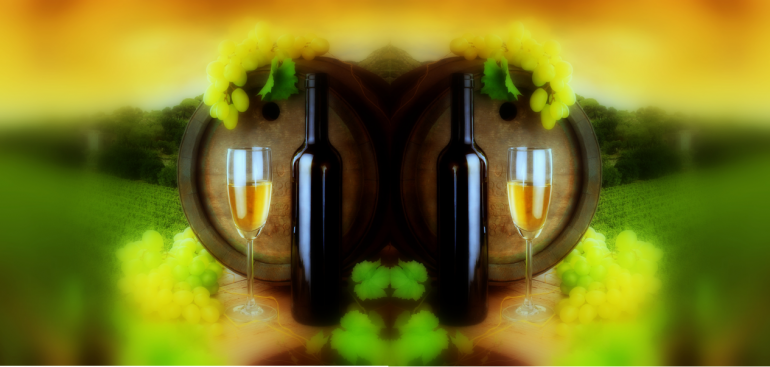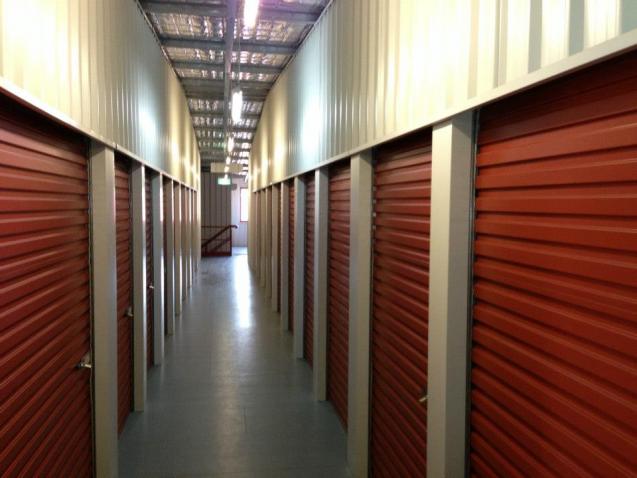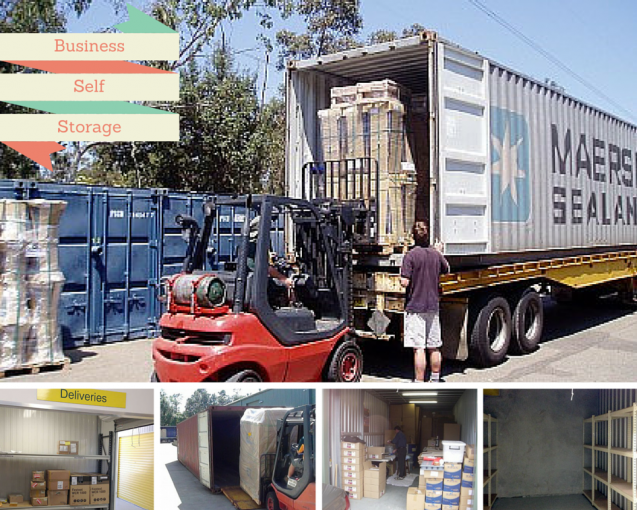
Creating The Ideal Wine Storage Conditions
When you mention the word ‘wine’ your mind inevitably thinks of large wooden casks sitting in dark cellars for years on end. Wine must be stored for a while before it can be consumed in order to let its flavor mature. However, not providing the ideal storage conditions can work the opposite leaving a bad taste in your mouth.
If you are a collector of wines, you want to make sure your prized drinks are stored under ideal conditions. There are a few key points you should consider and we’ve discussed them, below.
It is important to store wine at the right temperature to preserve it for a longer time. The ideal temperature is between 54 and 55 degree Fahrenheit. It is also necessary to maintain consistent temperatures throughout the storage period. Constant fluctuations in temperature will ruin the taste and render it completely useless. Thus, wines should be stored in a cool environment such as refrigerator or a climate-controlled cellar. A climate-controlled unit is the best option because it not only looks after temperature regulations but also prevents the mold growth.
Although wine is cooled, it should not be served cool. Allow it to reach room temperature before it is served so as to bring out the actual flavor of the wine.
Humidity
A high level of humidity also spoils the taste and the texture of the wine. Excess humidity keeps the cork from shrinking and causes the oxidation of wine. The humidity levels in the storage cabinet or cellar should not exceed 65% - 75%.
The space should not be cramped with too many bottles and air should circulate well. It will keep the cork from rotting.
Light Regulation
Wine bottles are equipped to prevent the action of sunlight on the texture, taste and color of the wine. They have UV filters to block the UV rays. However, they are not full proof against sunlight. Placing the wine rack or the refrigerator in direct sunlight consistently will cause premature aging and spoil the taste. White wines take a greater beating when exposed to light.
Placement
A wine refrigerator or a cellar offers uniform cooling and heating across the unit. However, despite this you should pay attention to the placement as some wine varieties are more sensitive to light and heat than others. Red wines must be placed on the topmost rack, followed by white wines and ending with the sparkling wines.
The bottles should sit still without any movement. Vibration from continuously opening and closing the refrigerator or from an adjacent unit does not allow the sediment to settle. This interferes with the aging process. Wine connoisseurs always recommend storing wine bottles sideways and not upright. Placing it sideways keeps the cork in contact with the wine. This prevents the cork from shrinking and prevents oxidation of wine.
Wine should also not be stored with fruits and vegetables that rot easily.
f you do not have the space and other requirements to create ideal wine storage conditions and you have an extensive collection of wines, you can consider using a wine storage facility.



